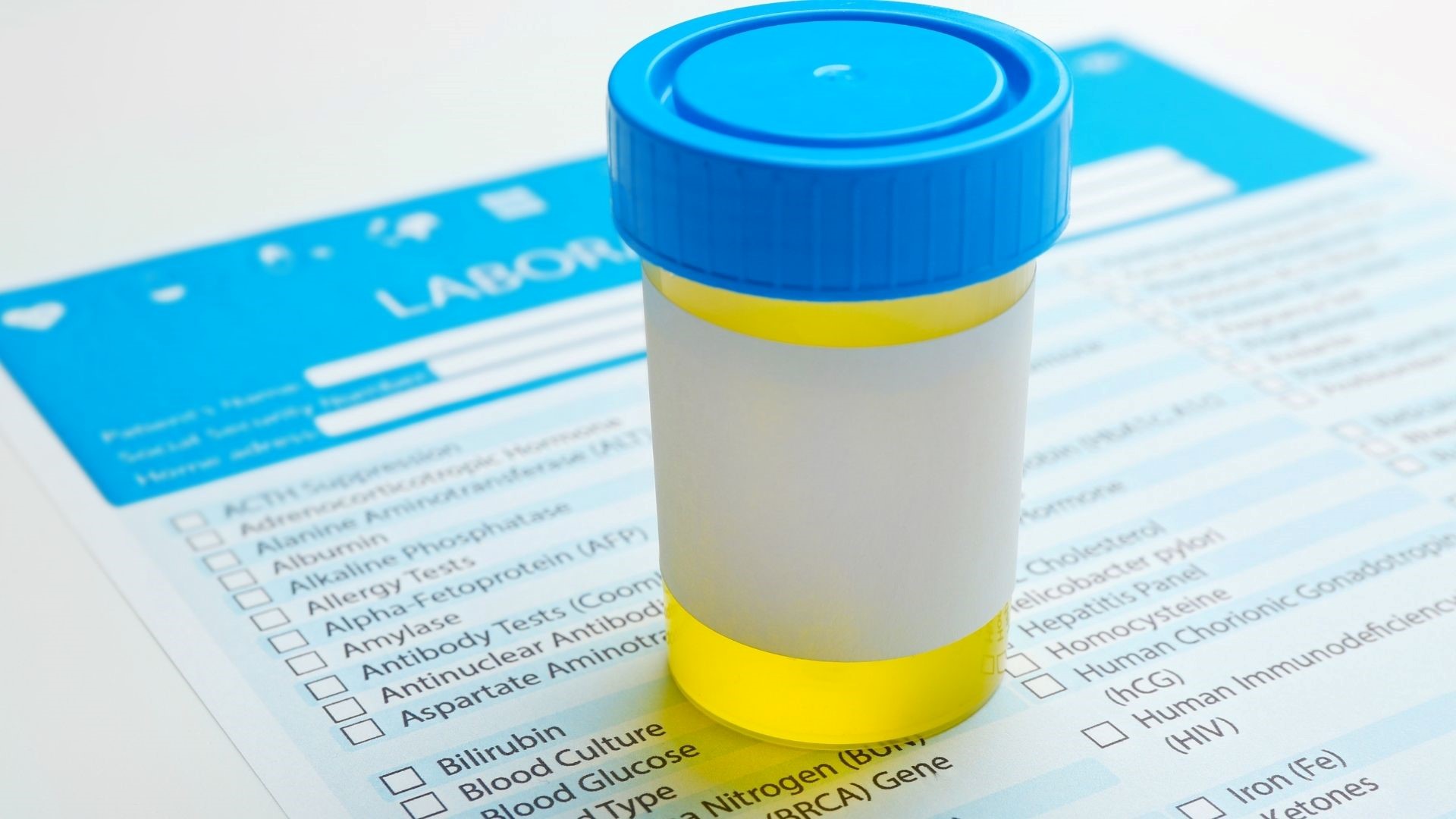
Urinalysis is an important diagnostic tool. In the fast-paced world of emergency medicine, every second counts. Patients of all ages, with a wide array of symptoms and conditions, flood into the emergency room seeking immediate care. This seemingly simple test, which analyzes the composition of urine, plays a vital role in emergency medical care, offering invaluable insights into a patient’s condition. We’ll explore why urinalysis is the unsung hero of the emergency room, and why the need for rapid results cannot be overstated.
The Significance of Urinalysis: A Diagnostic Marvel
Urinalysis, the examination of urine for signs of disease or other health issues, might not be the first thing that comes to mind in the high-stress environment of an emergency room. However, it is a diagnostic marvel that can provide a wealth of information in a matter of minutes. From detecting signs of infection to revealing signs of kidney dysfunction or metabolic disorders, urinalysis is a versatile tool that can guide medical professionals in making crucial decisions about patient care.
Statistics tell a compelling story: According to the Cleveland Clinic, urinalysis is used in emergency medicine to diagnose a wide range of conditions, including urinary tract infections (UTIs), kidney stones, and even diabetes. In fact, a study published in the Journal of Emergency Medicine found that rapid urinalysis results helped physicians make accurate diagnoses in up to 75% of cases, leading to more effective treatment strategies. (Cleveland Clinic)
The Urgency of Timely Results
In the emergency room, time is of the essence. Patients arrive with symptoms that can range from mild discomfort to life-threatening conditions. This is where the speed of urinalysis becomes paramount. Swift access to results allows medical professionals to initiate the right course of action promptly. Let’s consider a few scenarios where the urgency of fast answers is evident:
- Suspected Urinary Tract Infection (UTI): UTIs are common among patients of all ages and can lead to serious complications if left untreated. Rapid urinalysis can confirm the presence of infection, enabling physicians to prescribe appropriate antibiotics promptly.
- Diabetic Emergencies: For patients with diabetes, timely urinalysis can reveal high levels of glucose or ketones in the urine, indicating a potential crisis. Rapid intervention can prevent severe complications such as diabetic ketoacidosis.
- Kidney Injury: In cases of trauma or suspected kidney injury, urinalysis can detect the presence of blood or abnormal protein levels in the urine. This information guides treatment decisions and helps prevent further damage. (National Kidney Foundation)
Challenges and Advances in Rapid Urinalysis
While the significance of urinalysis in emergency medicine is undeniable, it’s important to acknowledge the challenges that medical professionals face in obtaining rapid results. Traditionally, urinalysis involved time-consuming laboratory processes that could delay treatment decisions. However, advancements in technology have paved the way for rapid point-of-care testing.
Point-of-care urinalysis devices can now deliver results within minutes, enabling physicians to make informed decisions promptly. This not only saves precious time but also streamlines the workflow in busy emergency departments. (Cleveland Clinic)
Incorporating Urinalysis into Routine Emergency Care
To harness the full potential of urinalysis in emergency medicine, it’s essential to integrate it into routine care protocols. Medical professionals in emergency rooms that serve patients of all ages should be well-versed in the indications for urinalysis and its interpretation.
It is essential to emphasize the significance of urinalysis and the need for emergency healthcare providers to consider urinalysis as part of their diagnostic toolkit, especially when patients present with symptoms like abdominal pain, fever, or altered mental status. This proactive approach can lead to faster diagnoses and more effective treatments. (WebMD)
A Swift Path to Better Patient Outcomes
In the dynamic world of emergency medicine, where patients’ lives hang in the balance, urinalysis emerges as a true lifesaver. Its ability to swiftly provide critical insights into a patient’s condition is unmatched. As we’ve seen, statistics and real-life scenarios underscore the vital role of urinalysis in emergency care.
For emergency room professionals who deal with patients of all ages, recognizing the importance of rapid urinalysis results is not just a matter of convenience—it can be a matter of life and death. In the race against time, having this diagnostic tool at their disposal ensures that they can make informed decisions that lead to improved patient outcomes.
The next time you find yourself in the emergency room, know that behind the scenes, urinalysis is quietly working to provide the answers that can save lives.
Works Cited
Cleveland Clinic. “Urinalysis: What It Is, Purpose, Types & Results.” Cleveland Clinic, my.clevelandclinic.org/health/diagnostics/17893-urinalysis.
WebMD. “Urinalysis Urine Test: Types, Results, Nitrites/Nitrates, Ph, & More.” WebMD, www.webmd.com/a-to-z-guides/what-is-urinalysis.
National Kidney Foundation. “Urinalysis (Urine Test).” National Kidney Foundation, 22 May 2023, www.kidney.org/atoz/content/what-urinalysis.
